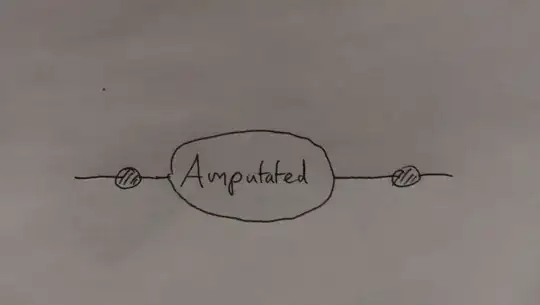I'm confused with the relation between the fully resummed propagator in a given QFT and the corresponding S-matrix element.
According to the LSZ reduction formula ($\phi^4$ theory for definiteness here), the S-matrix element for coming the simple "scattering" process:
$$ p \rightarrow q$$
can be computed as:
$$ \frac{i\sqrt{Z}}{p^{2} - m^{2}}\frac{i\sqrt{Z}}{q^{2} - m^{2}}\langle p|S|q\rangle = \int d^4y\text{ } e^{ip\cdot y}\int d^4x\text{ } e^{-iq\cdot x} \langle\Omega|T \phi(y) \phi(x)|\Omega\rangle$$
But the Fourier transformed of the 2-point correlator is just
$$\int d^4y\text{ } e^{ip\cdot y} \langle\Omega|T \phi(x) \phi(0)|\Omega\rangle = \frac{iZ}{p^2-m^2} + \text{terms regular at $p^{2} = m^{2}$}$$
Following this, for the right pole structur on both sides, the S-matrix element on the left side must be something like
$$c \cdot \delta^{(4)}(p-q) \text{ }(q^2-m^2)$$
which would vanish on-shell. But in my mind, the amplitude should just contribute to the 1 in the S-Matrix and thus just give a Kronecker delta (or just the delta function as in the above term).
In the linked image, I visualized my problem in a diagram. There, the hatched bubbles denote the fully resummed propagator and "Amputated" denotes the S - matrix element up to an factor of $Z$, in the sense of Peskin,Schröder. I'm asking for the value of this S-matrix element or the corresponding amputated diagram.
